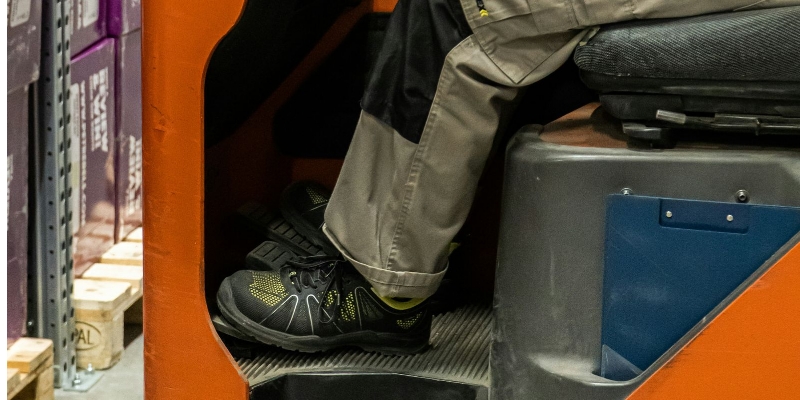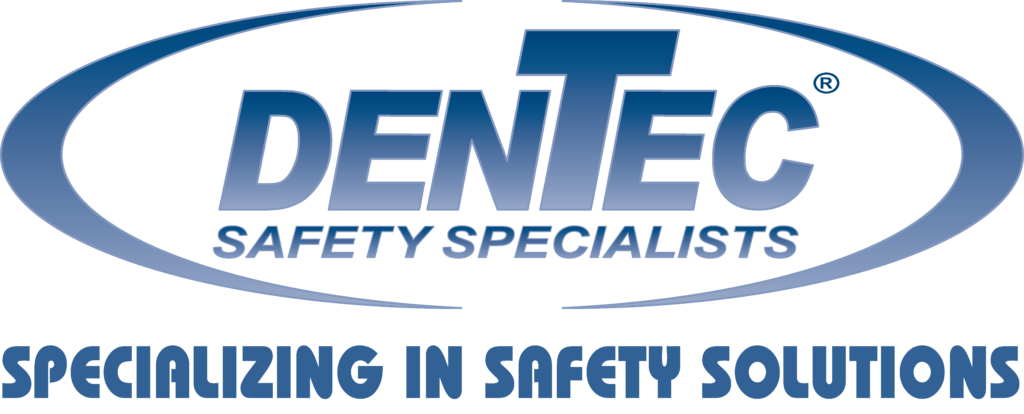Warehouse environments are full of potential hazards. From heavy lifting to the constant movement of machinery, employees are continually exposed to risks that can result in serious injuries or even fatalities.
Personal protective equipment (PPE) serves as the first line of defense against these dangers. It not only protects workers from immediate harm but also fosters a culture of safety, ensuring long-term wellbeing and efficiency. However, there’s an added benefit: cost efficiency. Workplace injuries can be expensive due to medical costs, lost productivity, and potential legal implications.
By investing in quality PPE such as hydration solutions and safety glasses, businesses can significantly reduce the likelihood of these costly incidents. For example, preventing a single serious eye injury with the right safety glasses can save thousands in medical expenses and lost work time.
While understanding the different types of PPE and their specific application is crucial for creating a safe warehouse environment, it starts with understanding the risks that you’re trying to prevent or minimize as much as possible.
Warehouse Safety Risks and Hazards
Warehouse workers face a range of risks in their work environment, including falls, impact injuries, cuts, dehydration, and hearing damage. Each hazard necessitates specific protective measures and equipment. For example, slip-and-fall accidents are common, and hard hats are indispensable for protection against falling objects. Or consider how the risk of cuts from handling and breaking down boxes can be mitigated by using the appropriate cutting tools. Perhaps the persistent noise from warehouse machinery poses a risk of hearing damage, requiring the use of hearing protection. Not to mention, the physical exertion of daily work coupled with typically warm environments can lead to dehydration, making having proper hydration available crucial.
Common Warehouse Injuries
As described above, warehouse workers are exposed to multiple workplace risks and hazards that can lead to serious and costly injuries. The most common warehouse injuries include:

- Dehydration and Heat-Related Illnesses: Without proper hydration, workers can suffer from heat exhaustion, cold stress, or heat stroke, resulting in costly medical treatments and lost productivity due to employee absenteeism. Imagine a forklift driver ignoring signs of dehydration; symptoms such as leg cramps while operating heavy machinery could have catastrophic consequences.
To keep workers hydrated and healthy, consider incorporating Sqwincher, the Activity Drink, into your hydration program. It’s the only electrolyte replacement drink specifically created for high heat-stress work environments.

- Eye Injuries: With hundreds of work-related eye injuries happening every day, eye protection equipment such as safety glasses and goggles are non-negotiable in a warehouse setting. Debris, chemical splashes, and other hazards can cause severe eye injuries, resulting in serious vision loss or even permanent blindness.
We offer a robust range of safety glasses and goggles designed for protection against specific hazards to prevent eye injuries, potentially saving on expensive medical treatments and compensation claims. Our eye protection products adhere to and comply with the appropriate standards: CSA Z94.3, ANSI Z87.1, and Regulation (EU) 2016/425.
- Head Injuries: Falling objects, swing/side impacts, or electrical shock hazards can result in serious head injuries including traumatic brain injuries. The use of certified hard hats is a simple yet effective way to avoid these devasting and costly accidents.
Our range of hard hats includes both Type 1 and Type 2 hard hats, bump caps, and a variety of accessories for adding more functionality, visibility, and comfort. Our entire line of head protection equipment meets the requirements of the latest industrial protective headwear, standard, CSA Z94.1-15. - Cuts and Lacerations: Whenever cutting tools are in use, whether it’s box cutters, utility knives, or scissors, there’s a risk of cuts and lacerations, especially when improper tools are used for the job. For example, a worker using the wrong tool for opening and breaking down boxes can easily lead to a severe cut.
To drastically reduce the risk of cuts and lacerations, consider switching to ergonomic cutting tools like Slice. Slice cutting tools use finger-friendly ceramic blade technology to create blades that are safe to the touch. Slice tools such as their ceramic box cutters are designed to efficiently and safely open boxes, reduce the risk of cuts, and last 11 times longer than traditional steel blades.

- Hearing Loss: Prolonged exposure to warehouse noise without adequate hearing protection can lead to hearing impairment, a condition that can incur long-term healthcare costs. Without proper protection, such as earplugs or earmuffs, worker’s ears are vulnerable to damage over time.
We offer a range of advanced, comfortable hearing protection equipment including earplugs, earmuffs, and cap mount earmuffs to safeguard against long-term hearing loss from continuous exposure to warehouse noise no matter the noise level.

- Burns, Cuts, and More: Accidents in warehouses undoubtedly happen. When they do, immediate access to comprehensive first aid products is crucial. Ensure your onsite first aid kit is well equipped for the specific risk and hazards of your warehouse.
Our comprehensive offering of CSA-approved, Provincial, and Federal first aid kits are stocked for a variety of emergencies. We also offer custom made first aid kits.
Customizing your first aid kit based on specific warehouse risks is a proactive approach to workplace safety. For example, including Burnshield aftercare products in kits can immediately address burn injuries, common in environments with electrical equipment or machinery. A well-stocked first aid kit tailored to your warehouse’s specific risks ensures immediate response to accidents and can reduce the severity of injuries, thereby saving healthcare costs and potential lost work time.

Best Practices for Reducing Warehouse Injuries and Costs
To further reduce injury risks and associated costs, warehouses should adopt best practices such as regular safety training, clear hazard signage, maintaining a clean work environment, and ensuring the proper use of PPE.
The implementation of proper PPE in warehouse environments goes beyond ensuring worker safety; it is a strategic decision that can lead to significant cost savings for employers. By understanding the potential risks and investing in quality PPE solutions, warehouses can foster a safer, more efficient, and cost-effective working environment.








